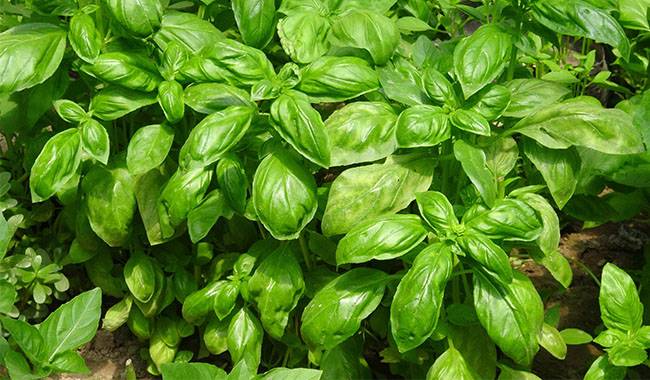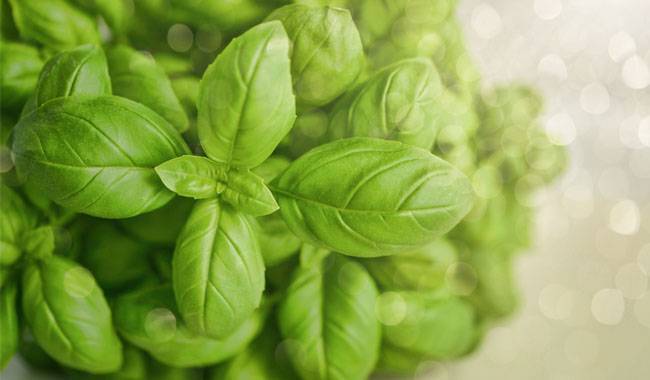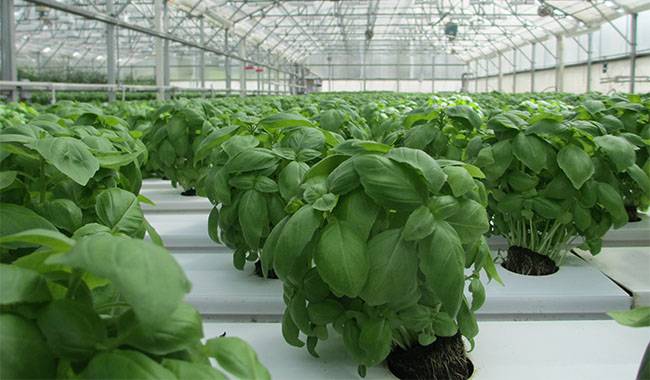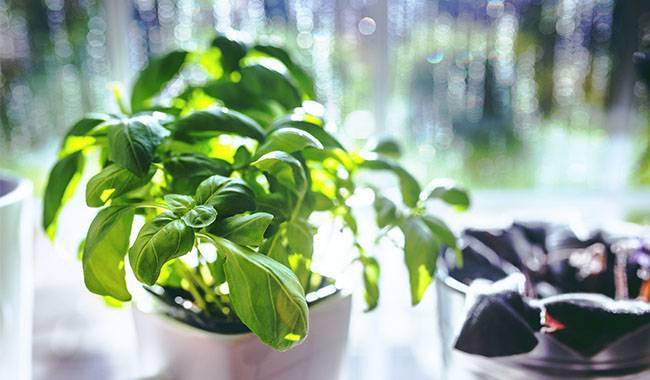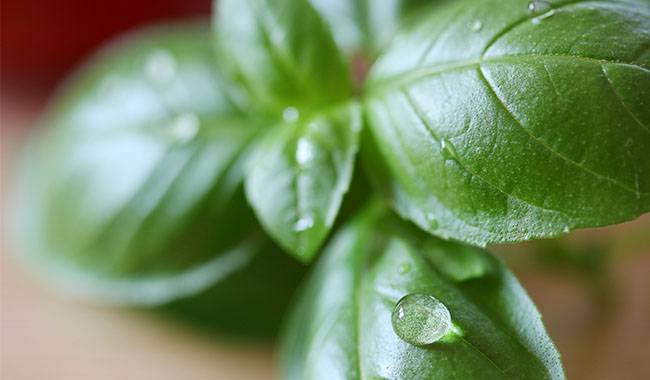
Basil is a very popular, spicy, and aromatic plant that can grow in outdoors. It also can planting at home on a windowsill or balcony.
How often should we watering the basil? This unpretentious plant will grow well in most soils and does not need to be fed too often.
The only thing to keep in mind when growing basil is proper watering, a condition that will ensure a good harvest. This article details how to water basil in the field and at home.
HOW OFTEN DO YOU SPEND IT
The frequency of watering depends on whether the pungent herb is grown at home or outdoors, and also on the season.
Since basil is extremely hygroscopic, it is necessary to water it in the box 2 times a day, in the morning and in the evening, during the summer, in hot weather. Outdoors – at least 1 time a day every day.
The soil should always be slightly moist. The shoots in the box on the windowsill can be watered with a sprayer to water indoor flowers – this way, the water will be distributed as evenly as possible on the soil surface, the basil will absorb the foliar water and the fine stems will not be damaged.
Every 2-3 days, the soil must be loosened very carefully to avoid damaging the surface roots.
In this way, the water will evaporate less and the plants will receive the necessary oxygen. The soil condition must be closely monitored. Once it is slightly dry, the next watering must take place.
IS IT AFFECTED BY THE TIME OF YEAR
In spring, autumn, and winter, the frequency of watering basil in jars and boxes is reduced – once a day in the morning or in the evening, in winter, the frequency of watering can be reduced to once every 2 days, especially if using a humidifier in the house, which does not allow the plants to dry out.
The warmer the air temperature, the more you will need to water your basil. On the hottest days of summer, water at least twice a day – more in the morning and less in the evening.
At night, when the heat subsides, you can spray the green leaves by watering the flowers with a spray bottle – just do this once every 2 days.
THE IMPORTANCE OF THE PROCESS
The importance of proper watering is attributed to the peculiarities of the basil root system – basil roots are scattered over a large surface, branch, and do not penetrate deep into the soil.
Therefore, it should be watered regularly but moderately – the greens cannot absorb water from deep in the soil, they need a lot of oxygen and to loosen the soil in the pot or garden bed.
All basil varieties prefer moisture, but the darker varieties need more water and are more intolerant of drought.
WHAT KIND OF WATER TO USE
When performing irrigation, use mild fixed water at a temperature of about 23-25°C (73.4-77°F). To prepare water in your apartment or house, you must: prepare a container (for example, a large jar); pour tap water into it, and leave it on the windowsill for a day.
Before watering, pour the settled warm water into a spray bottle or spray bottle, keeping a few centimeters of thickness in a wide-mouth bottle – the remaining water is poured out and is not suitable for irrigation.
In cottages, it is best to put a bucket or tub with a borehole or tap water for watering greenery, and the water in it must never be poured out from the bottom and the remaining liquid must be poured out from time to time in order to drain it dry. No stagnation.
FERTILIZATION
Basil needs to be fertilized regularly. To provide nutrients to the greens, a little sifted ash (teaspoonfuls per liter) can be added to the water every two weeks for a liquid general-purpose fertilizer for the greens or a small amount of humus.
OUTDOOR WATERING
Prepare beforehand a large irrigation container in which the water will settle and be heated – a bucket, barrel, or bathtub.
A day later, when the water is warm, pour the prepared water into a spray can or sprayer with fine holes.
If necessary, add fertilizer mix and leave for one hour. Gently, in a fine stream or using a spray bottle, spray the soil under the greenery, taking care not to damage the young plants.
We do not allow flooding-just as harmful as lack of water. After watering with both hands or a small head, very carefully loosen the soil on the surface.
WATERING AT HOME
Basil is easy to grow in pots or crates. One feature is that the box has less soil mass than an open area and is more likely to dry out and become waterlogged.
In summer, it is important to have drainage holes in the box next to your home garden. You should keep the sprinklers watering your flowers frequently and wet the ground and plants up to 3 times a day.
POSSIBLE ERRORS
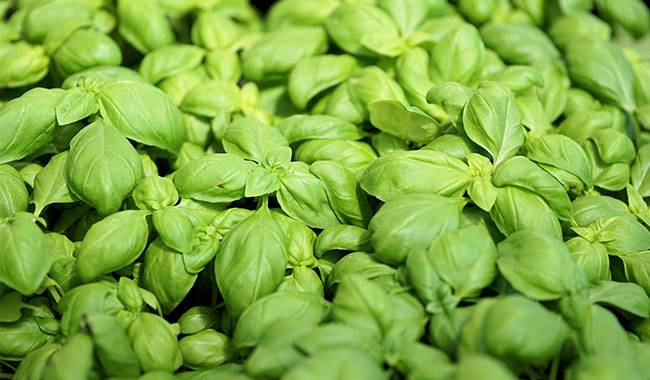
Lack of moisture
Due to lack of water, basil will grow extremely poorly, the formation of new leaves will slow down, they will turn brown and curl into tubes, the edges of the leaves dry out (you can find out more about why basil does not) rise, and what is done here is not good growth).
If the tips of the green leaves even turn yellowish, regular watering and foliar spraying must be increased at the same time.
Flooding
Waterlogging of the soil is also extremely harmful. On the one hand, the more water there is, the thicker the basil stems are, the faster the fleshy aromatic leaves form and the stronger their distinctive aroma.
On the other hand, “waterlogged” soil can be a good place for mildew to grow, which will kill the plant. If this happens, you need to: dry the ground (i.e., not water the plants for three days).
Remove the top layer of nutrient substrate and replace it with the fresh nutrient substrate, and make sure to add filtered ash (for boxes and pots) to the new soil at a rate of one tablespoon per 200 grams of soil.
In an open field, you can “dust” the soil under the basil with sifted ash from time to time – this reduces the acidity of the soil and prevents the development of mildew.
Therefore, watering basil is a very responsible task. It is important to water the plants regularly, at least once a day in summer, spraying the leaves and carefully ensuring that the soil is moist and not overly so. Once every two weeks (for one month only), add a small amount of fertilizer and water with only mild fixed water.




